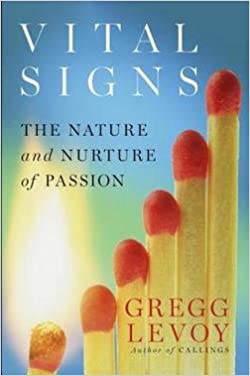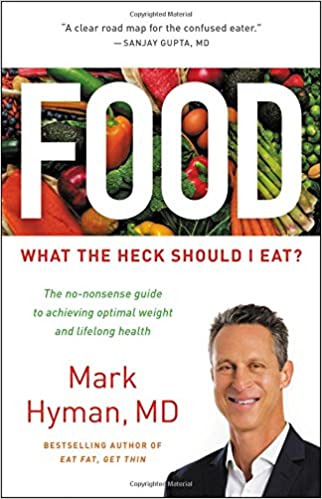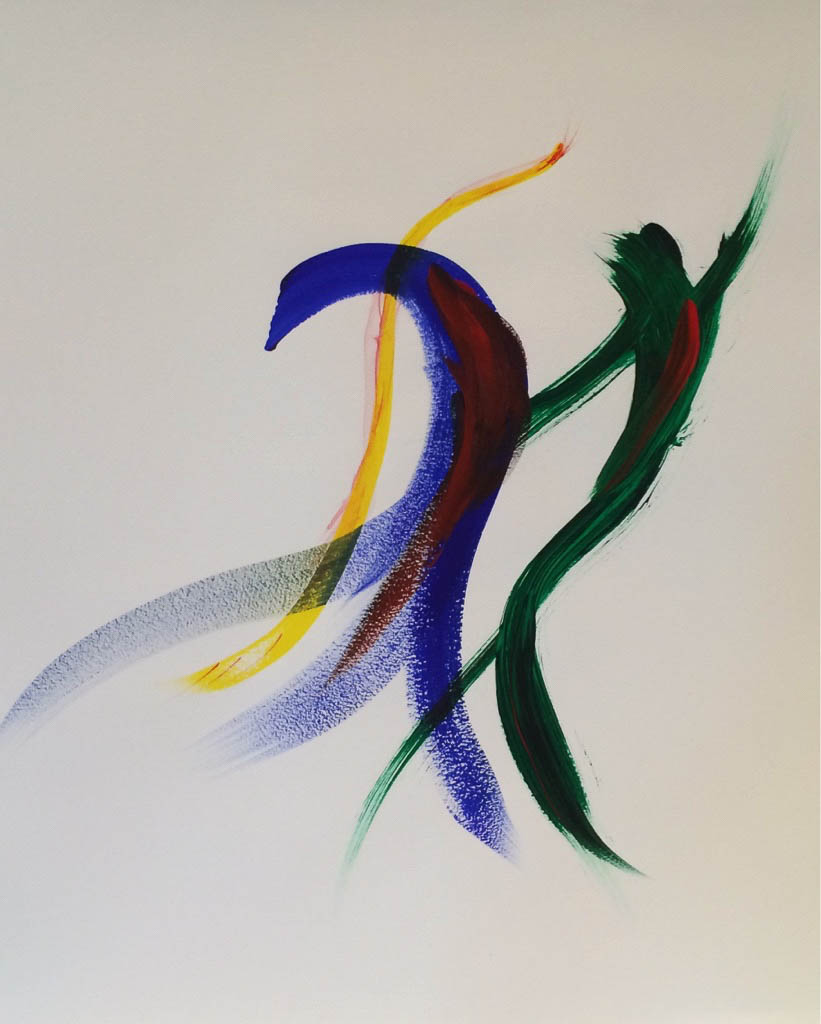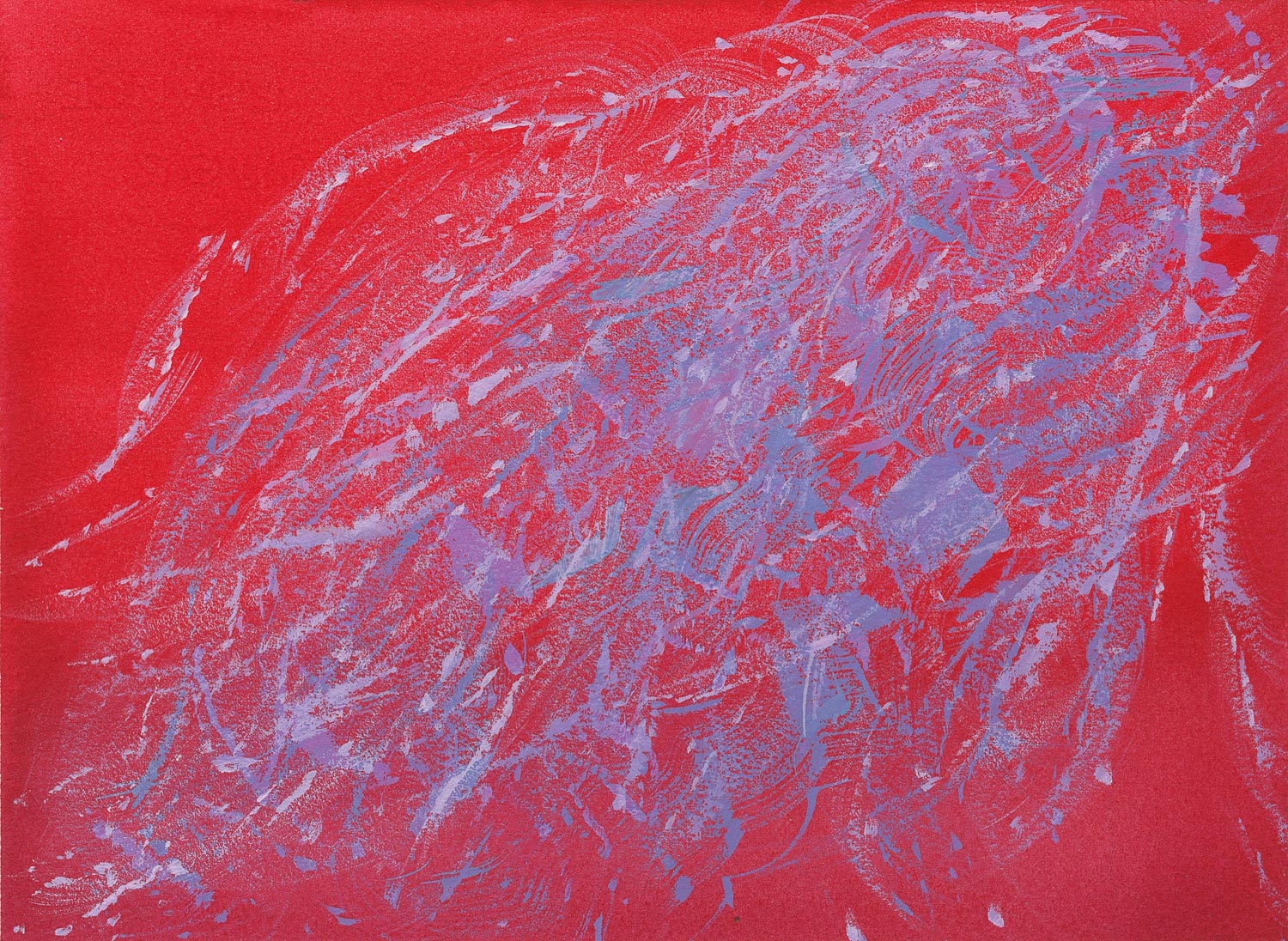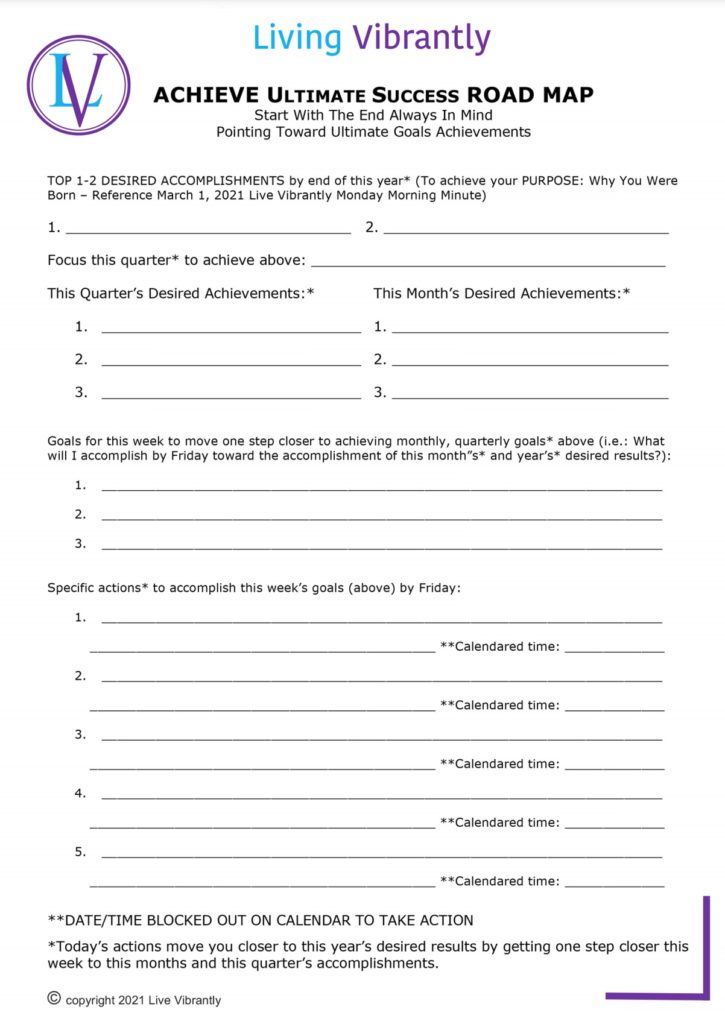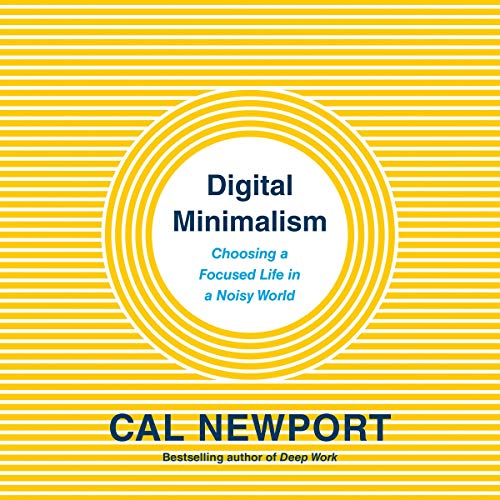
Why Live Vibrantly is for You!
Live Vibrantly revolutionizes the way you live!
Proven and time-tested foundations that transform how you think, achieve,
live, feel, plan, create, rest, grow, do business and impact other people
SO YOU CAN THRIVE!
On this site you will find:
Good Reads
Artwork
- Karen Duncum
“At any moment in your life, you have a choice to focus on the pain or open your thinking and look for the good in spite of the bad.”
– Joel Weldon
GOOD MORNING!
Would you like a solution? You might ask, “A solution to what?” Actually it is a solution to almost anything that is upsetting, dark, painful or just not good.
You can even make it a game, like Joel Weldon talks about in his talk (video link below)—The Glad Game—How to Find The Glad In Spite of the Bad. His rules for the Glad Game are in this week’s tip. Over and over, you hear me say that seeing the good eventually becomes automatic and changes your life and your level of success in your life and even your business. It’s a matter of focus. The bad or negative things don’t vanish, they just take their seat in the background and slowly fade when we focus on the good in the situation or in the person.
Just like Joel says in his talk, “Life is filled with imperfections, but when you play Joel’s Glad Game and you focus on finding something positive about everything in your life, you will see solutions you never imagined existed before and then the world will never notice the imperfections!” And neither will YOU!
You might even say, “This sounds too Pollyannaish.” It IS!
Here is the dictionary definition of Pollyanna: “An excessively cheerful or optimistic person.” Would you rather be an excessively cynical or pessimistic person? It’s a choice you get to make. Just know that part of living vibrantly is authentic optimism and joyfulness!
So here’s the tip:
Here it is: Joel Weldon’s 2-step rule for The Glad Game:
- When anything bad happens, PAUSE
- Find the good in the bad: Focus on finding the positive things in your life.
Please play this game starting today. Every moment can be a new beginning for you. At any moment in your life, you have a choice to focus on the pain or open your thinking and look for the good in spite of the bad.
Remember: The choice is to Live Vibrantly or to Live Sluggishly and Fearfully
FINAL TIP: Watch Joel’s talk. It will make you laugh while you learn.
- Karen Duncum
“Getting into great shape is fun and wonderful if you’re healthy, but it’s essential if you’re not.”
– Henry S. Lodge, M.D.
GOOD MORNING!
You can improve your life dramatically with regular exercise, even after a serious illness. Maybe you fell off of your exercise routine sometime during the pandemic with gyms closing and opening and closing again, but don’t let yourself use that as an excuse. Here’s why:
Every day you’re not exercising, you’re allowing your body to decay—literally! It’s just a chemical fact. When your body notices a “shut down” like not exercising (or not eating), it “helps” you by tearing down fiber or muscle so that you can “survive” the situation that caused the shut down. The body is very efficient. If you’re not using a muscle it gets rid of the muscle as quickly as possible so that your body doesn’t need to support it with blood, nutrients, etc. So, the less active you are, the more “fit” fiber you lose. The more active you are, the more “fit” fiber you build.
Here is your vibrant tip for the week!
If you want your body to work for you, work it! Little by little you can increase the time and intensity of exercise.
Work it in in several ways:
- Cardio (of any kind from elliptical to dancing)
- Strength training (of any kind from weights to resistance to toning)
- Stretching (lengthening muscles makes your body more limber to move easier)
Make movement a priority in your life and in each and every day. However much or however little you can do each day – just do it! You will not regret it!
- Karen Duncum
“The mystery of human existence lies not in just staying alive but in finding something to live for.”
– Fyodor Dostoyevsky
A 2010 study published in Applied Psychology found that individuals with high levels of eudemonic well-being—which involves having a sense of purpose along with a sense of control and a feeling like what you do is worthwhile—tend to live longer. Other researchers found that well-being might be protective of health maintenance.
Karen’s Vibrant Tip for Today – Identifying your Purpose for Living
If you have already determined your purpose, be sure that you get to devote time to it regularly especially if your purpose is something other than what you do day in and day out.
If you haven’t already determined your purpose, jot down thoughts about why you want to keep living.
What would you not be able to live without? I’m not talking about things like food, water, or your cocktail choice. I’m talking about why do you want to keep living? It can be as simple as I want to keep living so I can read OR paint OR learn OR be here when my children need me OR work on my boat OR…anything at all.
- Karen Duncum
Karen’s Vibrant Tip for Today – Productivity
In my coaching with business owners and key executives, I’ve watched them get tons more accomplished when they use my system that began with Stephen Covey’s Habit #2 in his book, 7 Habits of Highly Effective People. It works! Try it at home AND at work: Begin With The End In Mind! Before you dive in decide clearly where you want to end up—with the project, the day, the week. See how much time you gain. See how much more time you have left for the things that enhance your life so you can LIVE VIBRANTLY!
- Karen Duncum
We offer you Joel Weldon who designed this talk to help the Genius Network members master their mindsets so they can feel happier and continue to get extraordinary results no matter what is going on in their surround at every moment.
Joel’s talk, The Glad Game—How to Find The Glad In Spite of the Bad, aligns exactly with the focus of Live Vibrantly, so I’m grateful that he gave us permission to share it with you.
- Karen Duncum
This article was originally posted on the Santa Barbara Lifestyle website. To view the original article, click or tap here.
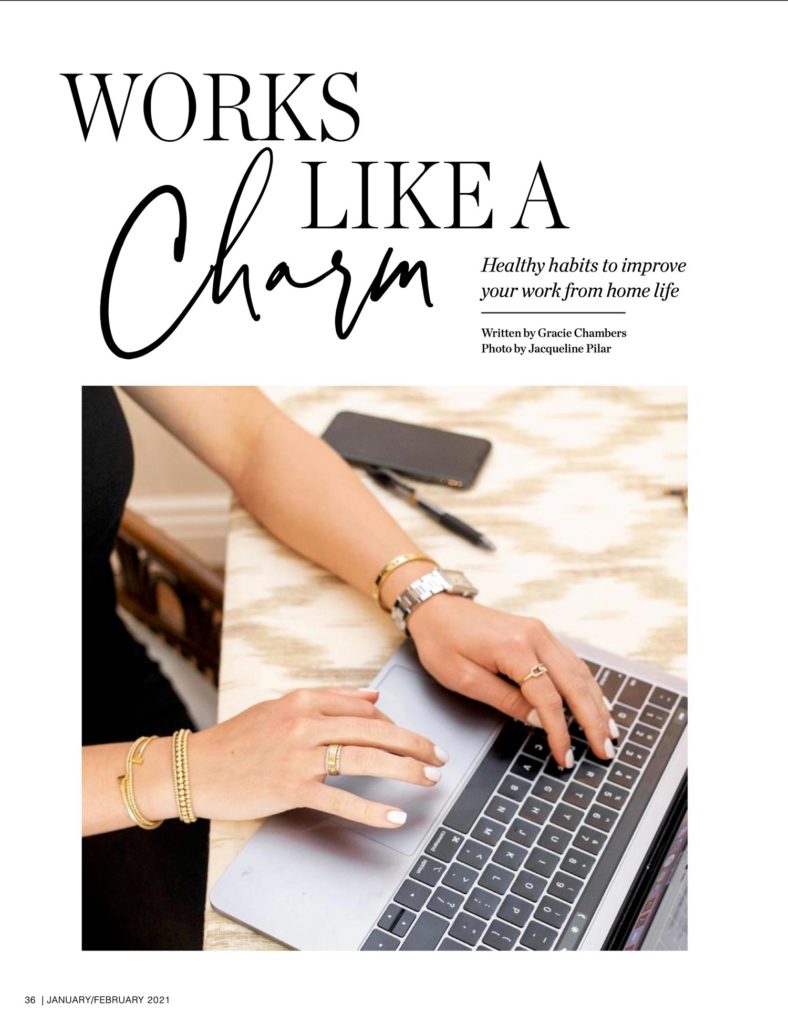
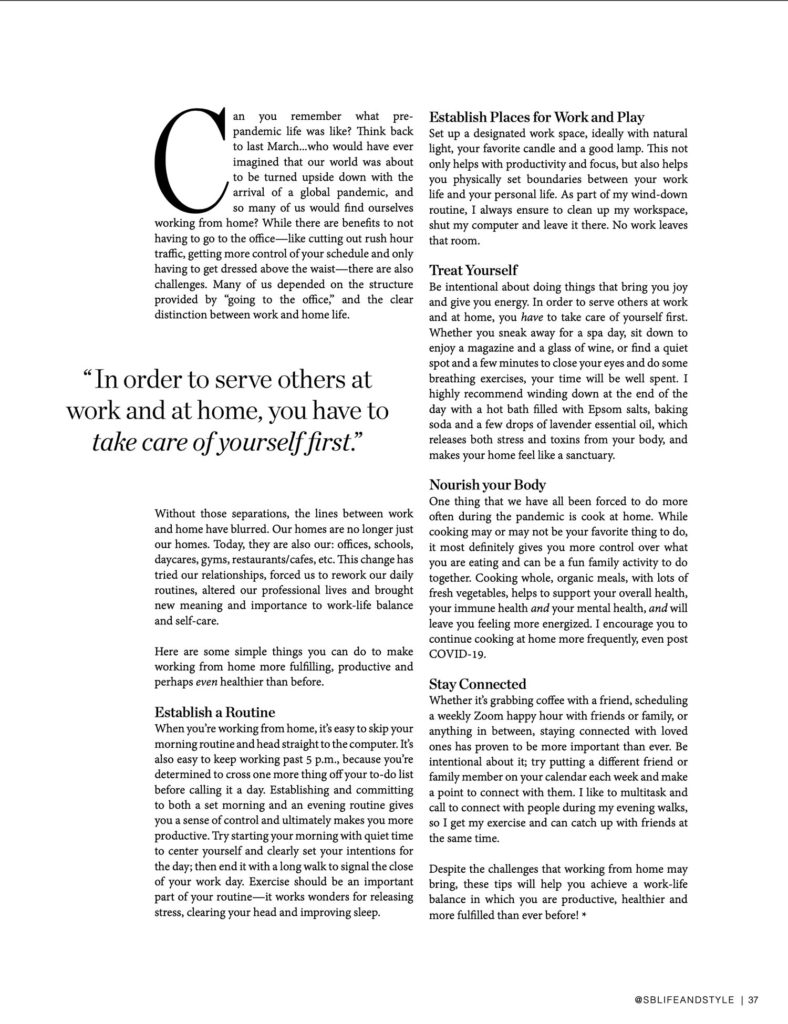
- Karen Duncum
Cal Newport has written a very digestible book called “Digital Minimalism”.
As you might expect, the book is about reducing the amount of time spent on digital devices. However, it is more than that. It explains very clearly why we should be spending less time staring at our cell phone screens and then gives concrete suggestions about how to achieve that goal.
He does this by dividing the book into two parts.
The first is what he calls “Foundations”. The second is “Practices”.
The first section, Foundations, explains why you should reduce your use of digital technology. Cal Newport is a professor of computer science at Georgetown University so he is well placed to comment on how people use technology.
This is not an anti-technology tirade. Instead, it is a well thought out treatise on why and how to use our technology in a way that truly enhances our lives.
Among the arguments he makes, he distinguishes between connection and communication. Communication is akin to conversation. He points out that when we trade text messages back and forth, we lose a lot of the intimacy that is gained from a face-to-face conversation.
Gone are the expressions and intonations we use as feedback in our old analog lives. He also points out that when we lose our ability to verbally express ourselves and receive immediate feedback, we also lose our ability to empathize.
Also, the number of young people suffering from various anxiety disorders has risen due to the rise of social media.
The practices section of the book explains how to reduce the use of our digital platforms. It is divided into four parts; Solitude, don’t click like, reclaim leisure, and join the attention resistance. Notice, once again, that he is not advocating the abolishment of the use of our cell phones and social media. He is promoting the intelligent use of them.
One interesting example is that of Abraham Lincoln who spent many solitary hours. Despite the many demands on his time and energy, Lincoln decided to spend nearly half his time in solitude when he could think. The book expands on this concept with modern writings and examples.
The essence of solitude is that it gives you time for unhurried self-reflection.
The next chapter tells us not to click “like” in social media. I doubt you would be surprised to hear that human beings are social animals. In fact, many of the activities spent using our digital services is to connect in some way to others.
Ironically, when we spend more time on social media receiving and giving likes to others, we are spending measurably less time conversing and meeting with others. In other words, too much time on social media makes us more anti-social. People become more socially isolated.
There is no great mystery here. We have all seen how some people seem consumed by social media. However, his argument is that most of us do not realize how much time we are spending surfing the net or seeing what’s new on our favorite social media site.
He then changes gear to talk about the importance of leisure and the types that he feels are truly beneficial. From my perspective, this is the best and most useful section of the book.
He shows how to minimize the use of technology and make it work. He has a couple of examples of how not to do it that resonated with me. For example, cold turkey makes it harder. Plan it out first.
He then talks about the types of activities, such as board games or learning new low-tech skills can help you become less dependent on technology.
He also talks about ways to make it more difficult to access technology such as the use of light phones or apps that block access to certain sites at prescribed times of the day.
You might find it ironic that I downloaded this book and have read it online. I have also used my Surface tablet to write this review.
I would also call myself a digital minimalist as I rarely surf the net or binge-watch Netflix. However, it explains very well why we can get stuck in a digital groove without even realizing it.
It also gave me insight into why I see others have fallen into the social media maze or haze. It also gave me a few ideas about how to reduce my social media usage even more. One of the best ideas is to develop a seasonal and weekly leisure calendar. It is best to be as specific as possible.
This book is less than 300 pages and filled with useful ideas and thoughts. I would recommend it to anyone. The stories about the people, some famous and others not, is worth it alone. You will probably read parts and think that you know that. However, most people will learn something important about themselves and the technology that surrounds us. You have more control than you think but you have to put your mind to it.
by Stephen Hamer
- Karen Duncum
I mention this article in the December 14th, Monday Minute “Use Honey, Not Sugar”. This was orginally found on the Medical News Today site here.
People have used raw honey in traditional medicine for hundreds of years. This sweet, natural substance may contain healthful elements that processed honey does not have.
Honey provides a range of health benefits. Raw honey, which comes straight from the beehive, contains healthful bee pollen, bee propolis, and plenty of antioxidants.
Research has not confirmed that raw honey has more health benefits than regular honey, but some people believe that the processing and pasteurization that regular honey undergoes diminishes many of the beneficial elements. Some people believe that because of this, raw honey provides more health benefits than regular honey. In this article, we compare the health benefits of raw honey and regular honey.
What is raw honey?
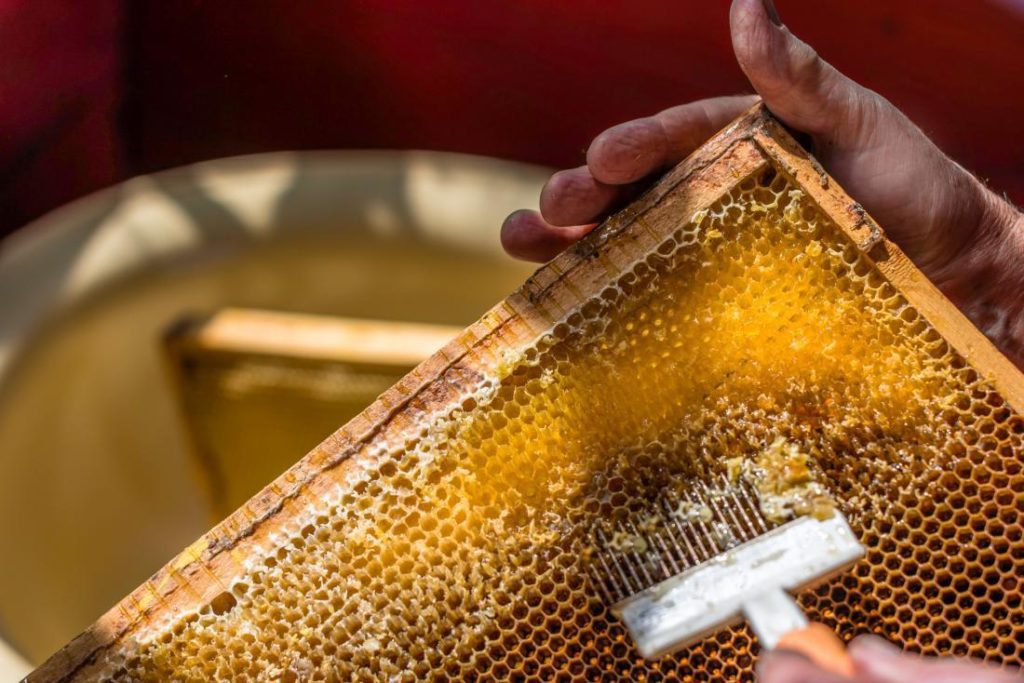
Honey is a sweet, golden liquid made by honeybees. Honeybees store their honey in small, hexagonal cups called a honeycomb. Raw honey comes straight from the honeycomb.
Honey from the hive contains bee pollen, beeswax, and parts of dead bees. Honey manufacturers will usually pass raw honey through a filter to remove as many impurities as possible, but some generally remain. It is still safe to eat.
Unlike raw honey, regular honey undergoes a pasteurization process. This means manufacturers have heated it to kill yeast cells that can affect its taste, increase its shelf-life, and make it look more transparent and attractive. However, pasteurization may adversely affect the number of nutrients in the honey.
Some historical evidence estimates that humans have used honey for over 8,000 years. During ancient times, people would have used raw honey, but today, most people use pasteurized honey.
Honey naturally offers the following healthful properties:
antibacterial action
wound-healing effects
dietary antioxidants
anti-inflammatory effects
Raw honey also contains bee pollen and bee propolis, which is a sticky, glue-like substance bees use to hold their hive together. Regular honey may not contain the same levels of bee propolis and bee pollen as raw honey.
A 2017 review on honey and a 2015 review on bee pollen report that bee propolis and bee pollen can offer anti-inflammatory, antioxidant, antibacterial, and anticancer properties.
The following sections explore seven evidence-based health benefits of raw honey.
1. Antioxidant effects
Researchers believe that some of the main health benefits from honey come from its antioxidant content.
Natural honey contains a range of compounds that act as antioxidants, including phytochemicals, flavonoids, and ascorbic acid.
Antioxidants reduce oxidative stress in the body by mopping up free radicals. Scientists have linked oxidative stress to a range of chronic health conditions, including many cancers. By eating an antioxidant-rich diet, people can reduce their risk of chronic disease.
Some people believe that pasteurization reduces the number of antioxidants in the honey, meaning that pasteurized honey may not offer the same benefits as raw honey.
There is no specific research into how pasteurization affects the antioxidants in honey, but studies show that heating other foods can reduce their antioxidant content.
2. Nutrition
Honey contains specific nutrients that can make it a healthful addition to the diet.
The exact nutrition and chemical composition of raw honey varies between different countries and environments and depends partly upon which types of flowers the bees gather their nectar from. Regardless of these factors, honey still contains healthful compounds, such as antioxidants, amino acids, and vitamins.
One tablespoon or 21 grams (g) of raw honey contains 64 calories and 16 g of sugar. These values may vary between brands and batches.
Natural honey naturally contains small amounts of the following vitamins and minerals:
- niacin
- riboflavin
- pantothenic acid
- calcium
- magnesium
- manganese
- potassium
- phosphorous
- zinc
Honey naturally contains sugar. A little more than half of the sugar in honey is fructose. Research has linked fructose to various health problems.
However, even with its fructose content, honey may be a healthier option than table sugar. Some research suggests that honey may offer a protective effect against diabetes and some types of honey may help improve cholesterol levels.
People who have diabetes or who are on sugar-restricted diets may choose to eat honey in moderation to avoid significant changes in their blood sugar levels. Pure honey has a glycemic index (GI) of 58, meaning it has a medium effect on blood sugar levels.

